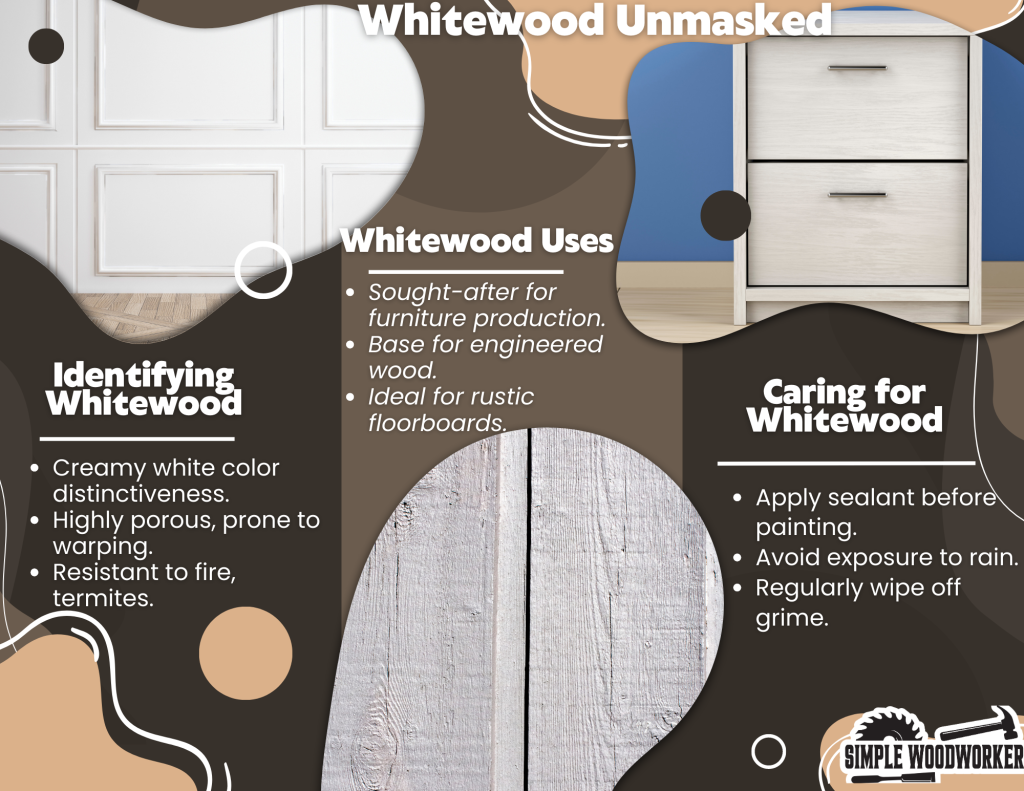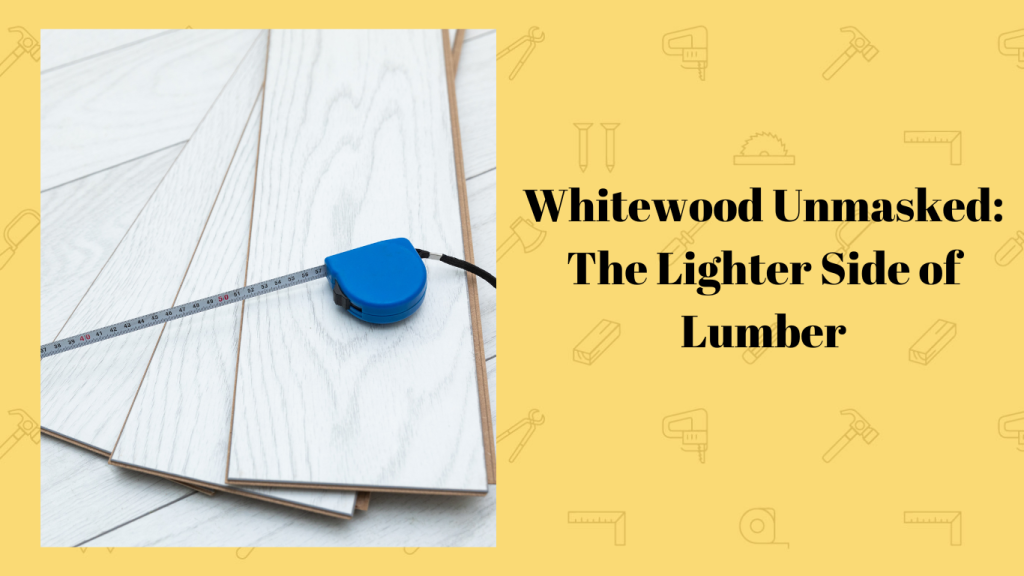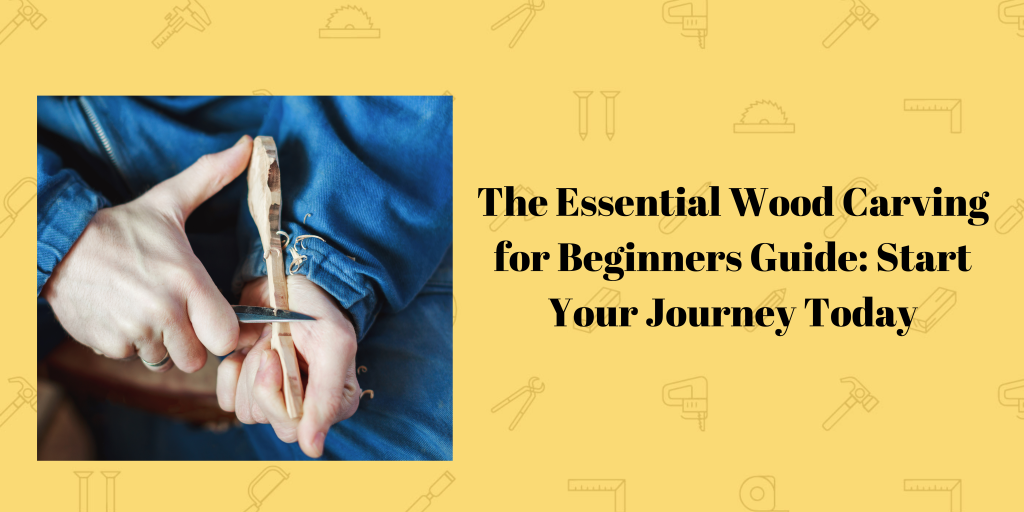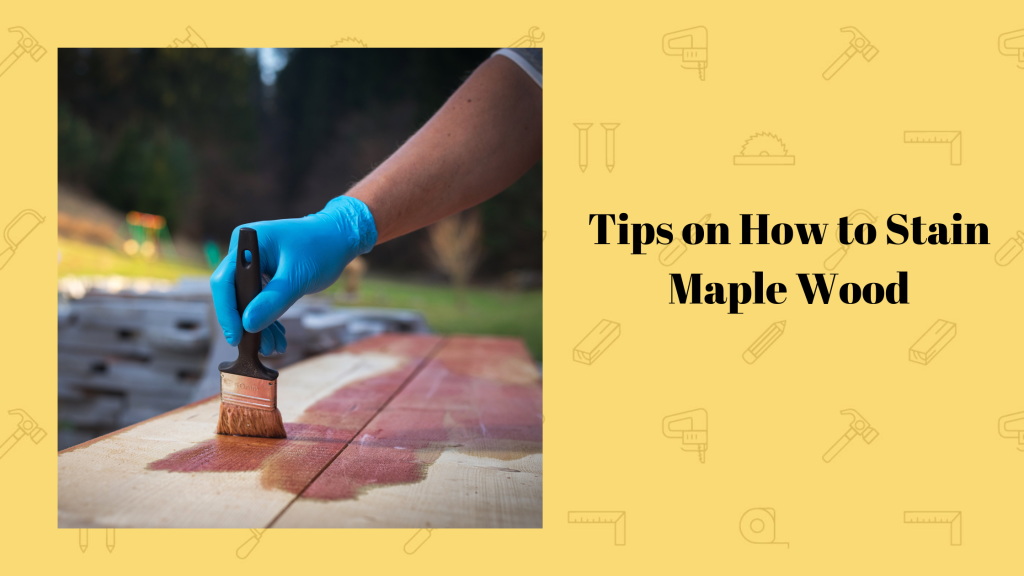What is whitewood? – Whitewood is the timber derived from the tulip tree, but that is only the short answer. Everything about whitewood is dainty – from its pale lumber to its long-term (yet imagined) career as a rich women’s dress table. So, even though Whitewood is always compared to Pine, she knows her worth.
So, what type of wood is whitewood? Whitewood, or Liriodendron Tulipifera, is a beautiful hardwood sought after for its inexpensive costs and numerous uses. It grows naturally in western Nigeria and the North Eastern and Midwestern United States. Today, with the ideal beginner wood carving kit, you can make cups, bowls, and spoons with whitewood lumber.
Read on as we explore the characteristics of whitewood, the legend of why people mistake the wood, and its various applications.
Characteristics of Whitewood
We now know the origins of whitewood; next, we want to outline its attributes. These will help us tell whitewood apart in ways other than its appearance.
Here are some tell-tale signs that you’re looking at whitewood:
- Color: The most obvious characteristic of whitewood is its creamy white color, which sets it apart from other light Colored wood .
- Porosity: Whitewood has a bad reputation for its absorbency. The wood is almost spongebob-level porous, making it absorb water and become susceptible to warping.
- Resistance: Another attribute of whitewood is its resistance to fire and termites. Asides from increasing its market value, these attributes help avoid termites and other pests in whitewood-using property
- Tree size: Before the tulip tree is fallen for lumber, it grows in a long and straight trunk. Left to its own, the tree can grow to 200 ft, making it perfect for mass-production of whitewood furniture.

Common Uses of Whitewood
We’ve established the growth rate of whitewood and how it relates to mass furniture production. But furniture isn’t the only by-product of whitewood, and its uses extend far beyond home furniture.
Here are some common applications of whitewood:
- Furniture: Coming in at the top is furniture. Whitewood’s rich white color makes it a popular lumber sought-after for different projects. For instance, office complexes use whitewood to mass-produce desks for their offices, and homes use it for drawers ad kitchen cabinets
- Making engineered wood: Because of the low cost, whitewood is a big producer of manufactured or engineered wood. It forms the base product before adhesives and other wood composites enter the mix. When the final product is ready, construction experts use it to build houses and other properties.
- Floors: Even imagined, whitewood can be stunning when used as floorboards. Its creamy white floors can contribute to the room and form a rustic or antique aesthetic.
Pros and Cons of Using Whitewood
Whitewood, like many other types of wood, has its upsides and consequences. Knowing these can help us decide what projects to carve with whitewood. For instance, I know never to use whitewood on patio furniture.
Here are some advantages and disadvantages of using whitewood for your projects:
What We Like
- Aesthetics: White flooring and furniture add some Marilyn Monroe to the room they’re in. When you use whitewood in your home, it enhances the space and brings in elegance.
- Sustainability: Based on what we know about whitewood, its fast-growing tree can produce a large amount of wood in a considerably short time. Since the tree grows fast and tall, it will serve the woodworking sector as a continuous wood source.
- Cost-effectiveness: The cost of whitewood isn’t only a pro for companies and furniture manufacturers. It also impacts small-scale woodworkers and hobbyists who need decent wood for a pocket-friendly price.
What We Didn’t Like
- Susceptible to Rot: With regular staining and glazing, you may succeed in using whitewood outside, but the entire process can be tedious. If water enters the pores of your whitewood board, then it won’t be long before warping and even decaying. Once more, whitewood has proven to be an indoor queen.
- Knottiness: It isn’t uncommon to see knots in whitewood lumber. Some people make the best of the situation and appreciate the knots, but I don’t. It gives the entire surface an uneven appearance. Plus, knots are a sign of damaged wood.
Caring for Whitewood
Like any other wood, whitewood furniture needs dedicated care and cleanup (she demands more). When caring for whitewood, our aim is to ensure we protect the weak areas of the furniture and extend its lifespan:
Here are some ways you can care for your whitewood furniture:
- Always apply a sealant before painting or staining your furniture
- Don’t leave portable pieces out in the rain, and pay attention to water spills
- To remove grime and residue from the surface, wipe the furniture with a clean, dry napkin.
Is Whitewood Durable for Furniture Construction?
Whitewood is definitely durable as long as you minimize its contact with water. Its pores will quickly sap up any water, absorbing it and causing the wood to rot away.

Can Whitewood be Used for Outdoor Projects?
Some people use whitewood for outdoor projects, but they also invest a lot of time in staining and sealing the wood. So, it is definitely possible, just more time-consuming.
For outdoor projects, you can always whip out the white wood vs. pine rivalry, and you’ll see that Pine does better outside.
Does Whitewood Have any Unique Characteristics?
Whitewood definitely rises to the task of this question. It is naturally repellent to fire and termites, so its wood is perfect for areas like kitchens.
To answer, “Is white wood hardwood?” Absolutely. Whitewood is one of the softest wood there is, but she still revels in her hardwood title.
In a Nutshell
Whitewood is the fun, low-maintenance bestie in your life. It is pretty fun, easy to access, and barely even demanding.
The bottom line is – whitewood can be beneficial for projects, but the answers will depend on their preferred application. For example, outdoor setups can be hard to maintain in the long run, especially compared to kitchen cabinets.
Is Lady Whitewood currently in your home? How did you install her? Tell us in the comments; we want to hear from you!
*This post may contain affiliate links. Please see my disclosure to learn more.



